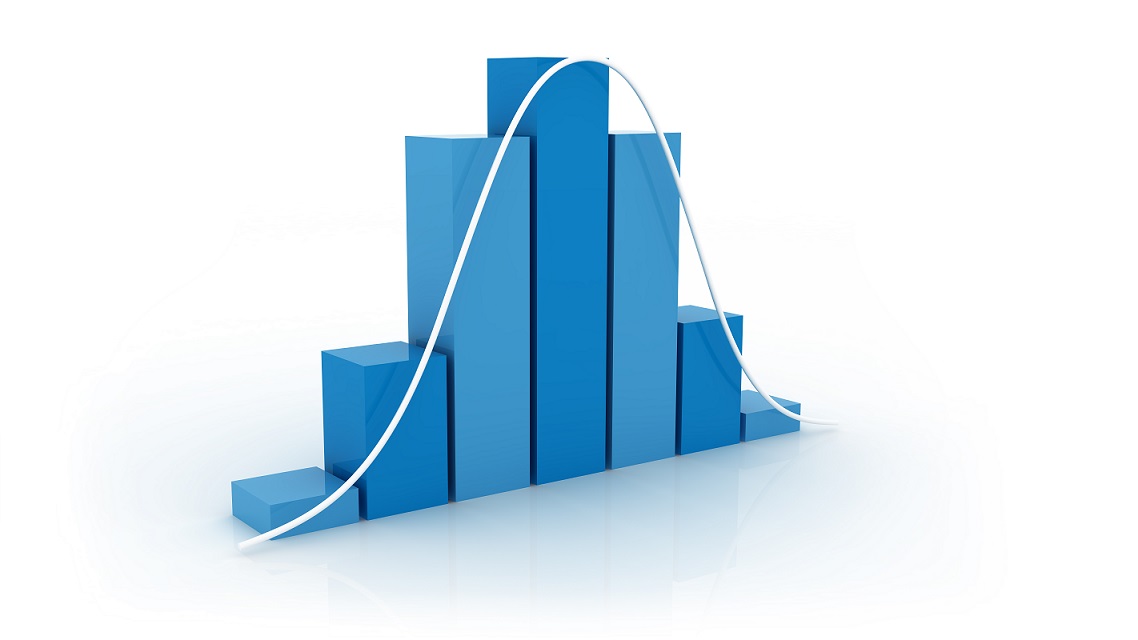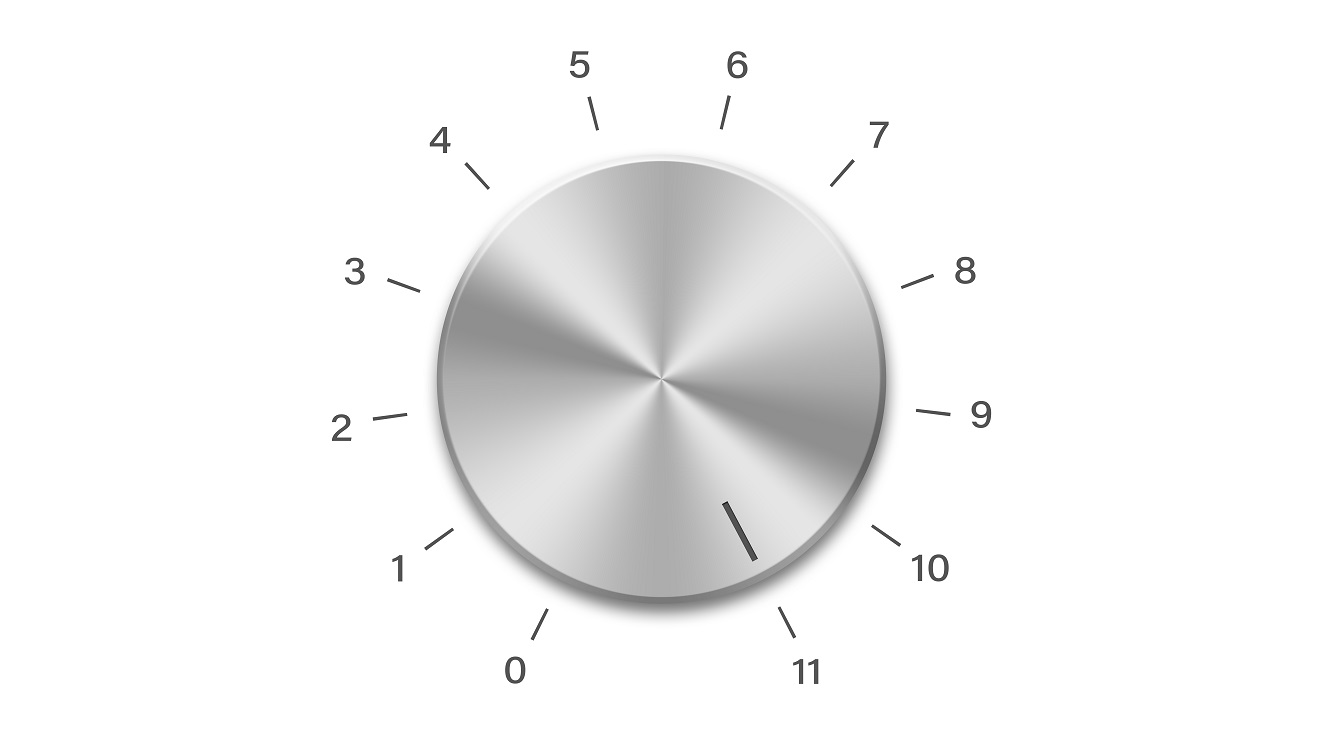The Speculative “V”
The present constellation of market conditions creates the potential for the sort of “trap door” situation we observed in March. Still, an improvement in our measures of market internals would ease this risk, and could even create a constructive opportunity if improved market internals are first preceded by a material retreat in market valuations.










